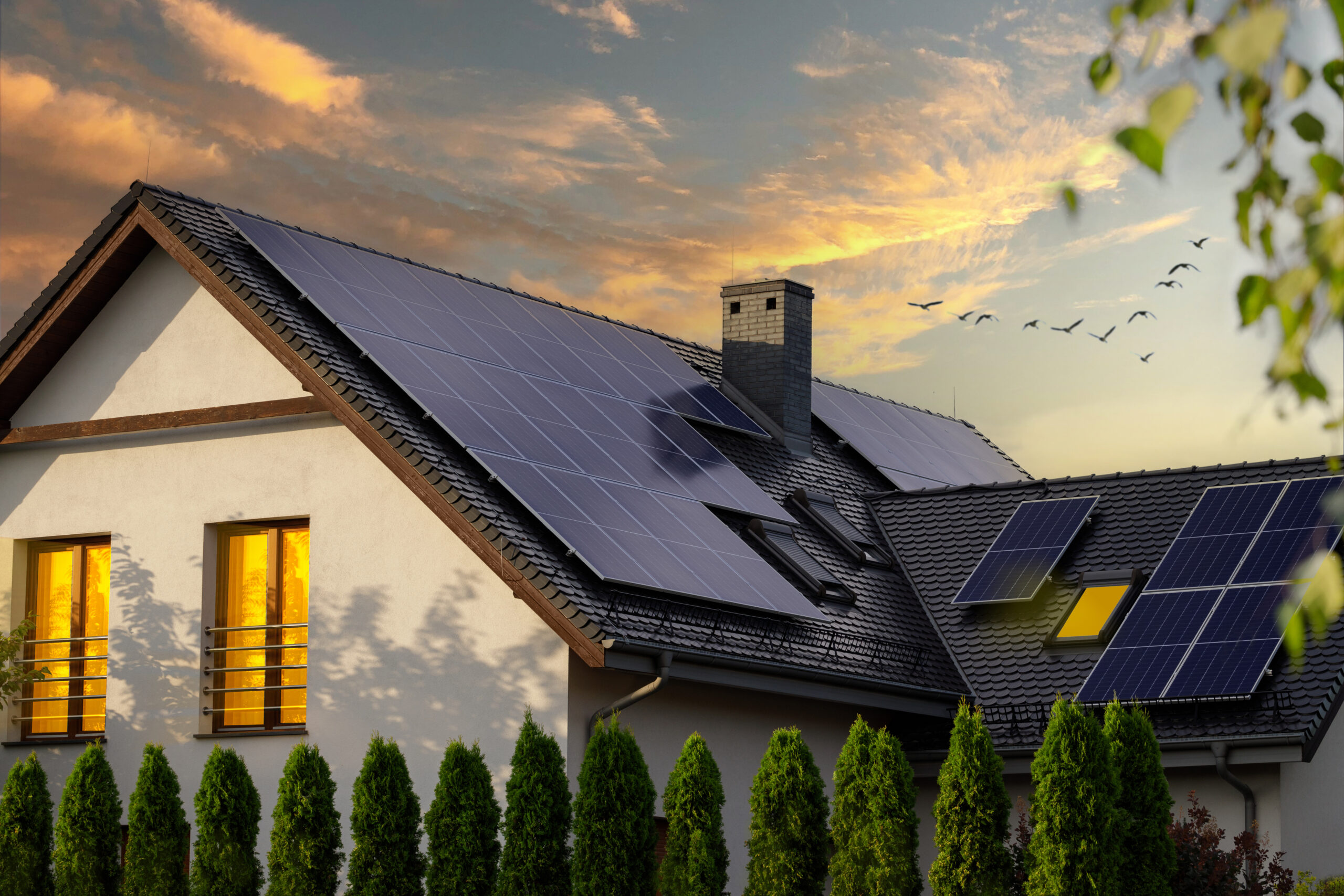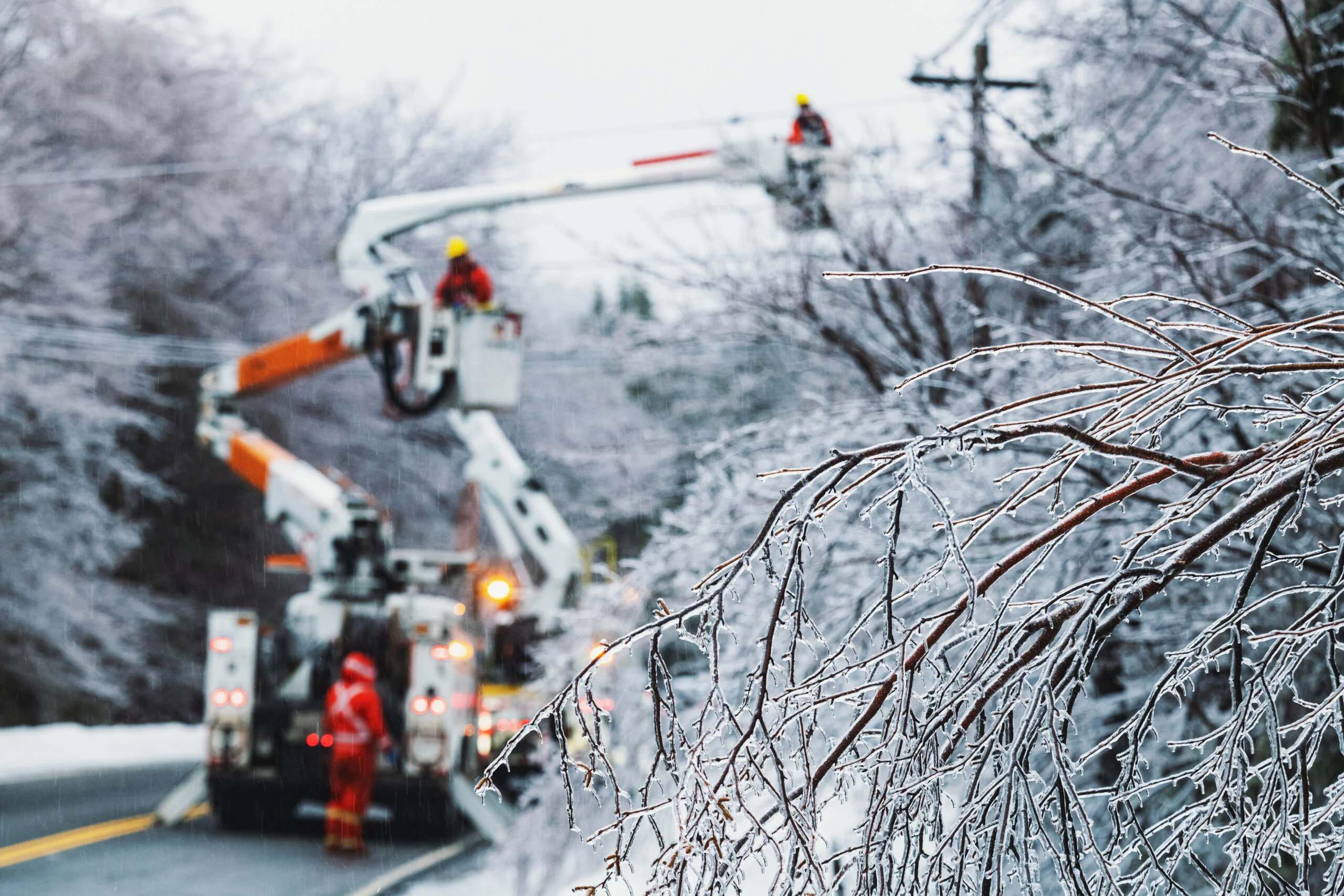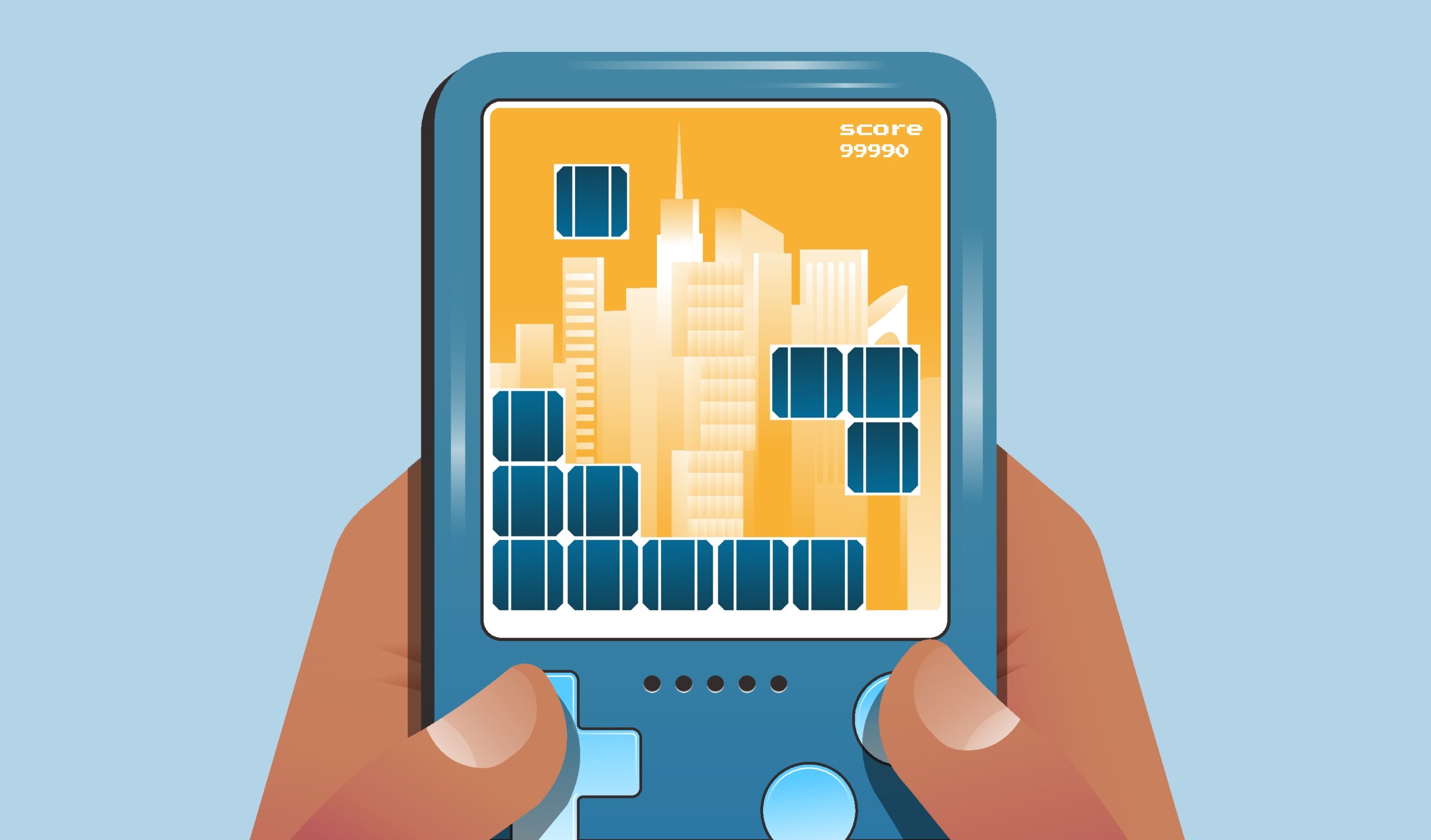Over the course of the next five years, we will see massive growth and diversification in distributed energy resources. Distributed energy resources (DERs) are the various smart technologies that produce, store, or control energy. These resources are becoming increasingly prevalent, from the adoption of smart home technologies and the proliferation of electric vehicles. The rapid implementation of DER technologies and electric vehicles has presented new market pressures on utility companies. These pressures have also led to more demand on the grid than ever before. Fortunately, demand response programs offer numerous benefits to utility companies, including improved grid reliability, cost savings, market efficiency, and regulatory compliance.
What is Demand Response?
Demand response is a conservation approach that provides utility companies the opportunity to manage consumers’ energy output during periods of high demand. This conservation effort helps to minimize grid drain by regulating access to select, energy-hungry devices.
Through customer engagement technologies, utilities can connect with enrolled customers ahead of a demand event to encourage event participation. Demand response programs reduce electricity usage during peak demand hours to minimize usage, which yields lower energy purchasing costs, enhanced grid resiliency, and improved customer satisfaction. This demand flexibility strategy has long proven crucial to improving the efficiency of the power system and bringing down the price of electricity.
Types of Demand Flexibility Programs
There are several types of demand flexibility programs. These include but are not limited to bring your own device (BYOD) programs, EV managed charging programs, and technical virtual power plants (VPPs). Bring your own device programs, the most common among the demand response family, aim to leverage customers’ personal devices to participate in demand response. This includes devices such as thermostats and water heaters.
EV managed charging programs help utilities manage the charging load on the grid during peak periods by temporarily adjusting charging rates or incentivizing behavioral shifts to customer EV charging habits. These programs optimize the charging of EVs to better align with grid conditions, renewable energy generation, and overall electricity demand.
A technical virtual power plant (VPP) is a network of decentralized, interconnected energy resources that are coordinated to function as a unified peaker plant. Unlike traditional peaker plants, which are dirty and expensive to maintain, a virtual power plant does not consist of a single physical location or power generator but rather aggregates and optimizes the use of various distributed energy resources (DERs) across multiple locations. Virtual power plants offer a strategic opportunity for utilities to dynamically manage the increasing potential of DER technologies.
What is Energy Efficiency?
Energy efficiency simply refers to the practice of reducing the total amount of energy required to perform a specific task or provide a service. It involves minimizing energy waste and optimizing energy consumption in various sectors, such as residential, commercial, industrial, and transportation, often by encouraging specific customer behaviors. Examples include programs that help low-moderate income communities better insulate their homes or time-of-use (TOU) rates. Energy efficiency can be achieved through many strategies, most of which are easy and cost-friendly to implement while serving to eliminate energy waste and reduce the overall costs relative to excess energy usage.
Examples of Energy Efficiency Initiatives
Energy efficiency initiatives include upgrading appliances and equipment to more efficient models, improving insulation and building design, optimizing industrial processes, and promoting energy-saving behaviors through customer engagement tools and marketing channels. These initiatives, when implemented collectively, contribute to significant energy savings, reduced greenhouse gas emissions, cost savings, and enhanced energy security. They each play a crucial role in promoting sustainable development and the just energy transition toward a more energy-efficient future.
The Difference Between Demand Response & Energy Efficiency Conclusion
Demand response and energy efficiency are both important strategies for managing and optimizing energy consumption but differ significantly in their approach and focus. While demand response controls energy usage by managing electricity demand in real-time or near real-time, energy efficiency is a complementary strategy designed to mitigate consumption through educational and behavioral strategies. Fortunately, a robust distributed energy resource management system (DERMS) presents opportunities for utility providers to meet demand through a combination of energy efficiency measures and demand response programs tailored to specific needs and circumstances. By integrating these approaches, utility companies can maximize energy savings, reduce costs, minimize environmental impact, and build a more resilient and sustainable energy future.





